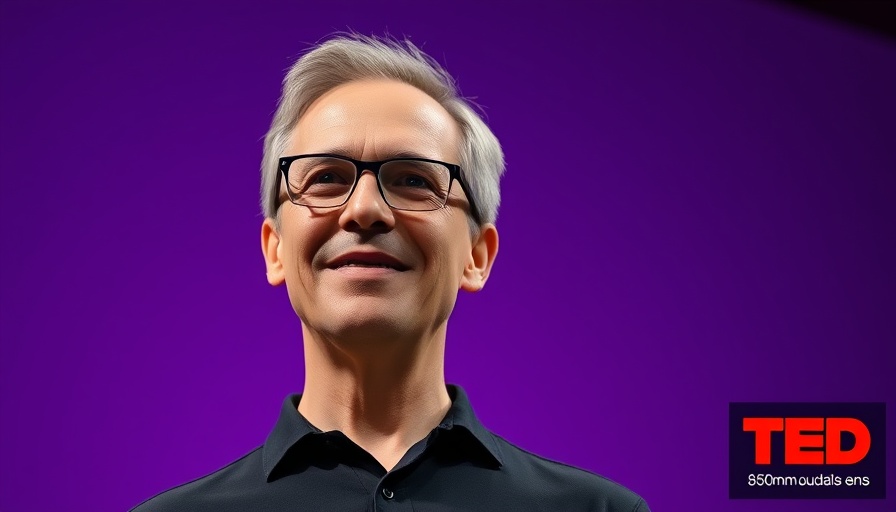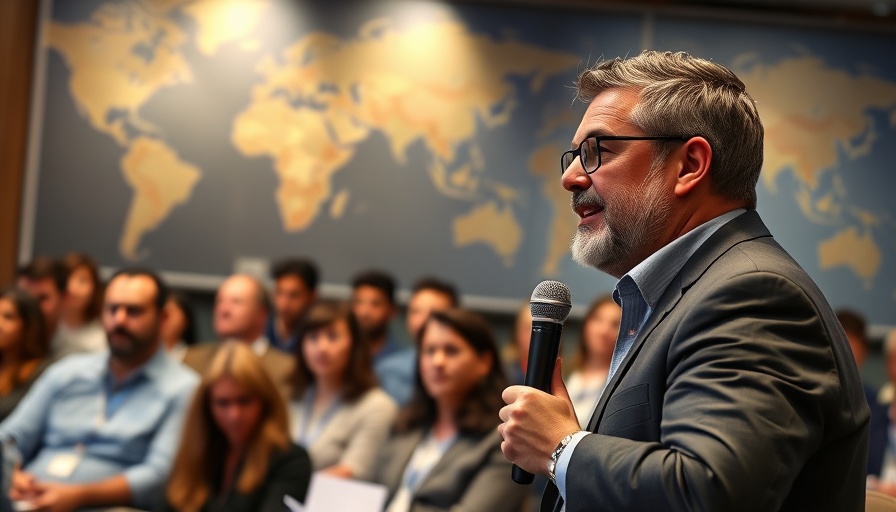
Reimagining the Future for Artists: The Path Towards Artist Corporations
Creativity is a vital cog in the wheel of society, enriching our lives with music, art, and culture. As we transition deeper into the digital age, we must confront the startling statistics highlighting the struggles facing creative professionals today. As Yancey Strickler pointed out in his TED talk, a staggering 85 percent of visual artists earn less than $25,000 a year, with only 13 percent being able to support themselves full-time through their work. This prompts us to ask essential questions: How can we better support creative people? How can we empower those who enrich our lives through their artistry?
In 'Forget Hustle Culture. Behold the Artist Corporation,' Yancey Strickler examines the dynamics of creative work today, inspiring us to explore the innovative concept of Artist Corporations.
The Emergence of Ghost Artists
Strickler's exploration of ghost artists—nameless musicians creating content guided solely by algorithms—illustrates the precarious state of creative work in the digital economy. These ghost artists derive no recognition, yet they are being prioritized over living, breathing creators by platforms dominated by profit motives. As we learn to navigate the expansive landscape of art, we must preserve the unique voices of these creators against the encroaching tide of commercialization that diminishes their contributions.
The Artist Corporation: A New Hope for Creatives
Introducing the Artist Corporation (A Corp) represents a shift toward more sustainable structures for artists. Strickler's innovative conception of the A Corp enables musicians, actors, writers, and other creatives to pool resources, protect their intellectual property, and navigate the competitive landscape as a unified body rather than as isolated individuals. Through collective ownership, creators can build wealth together rather than compete against one another, thus fostering a sense of community.
How Artist Corporations Challenge Traditional Structures
Artist Corporations contrast starkly with traditional corporate structures, which often leave creatives at the mercy of industry gatekeepers. Rather than selling their rights, creatives can issue shares, promoting true investment in their futures and reducing the likelihood of being sidelined in favor of profit-driven motives. This approach not only enhances individual agency but also lays the groundwork for shared prosperity among creative communities. Furthermore, the potential for venture capital specifically tailored to artistic endeavors could revolutionize how creatives sustain themselves while challenging existing norms.
The Collective Future of Creativity
Strickler's vision is clear: we need to cultivate an environment where artists are not merely recipients of pity but powerful economic players. With the establishment of Artist Corporations, there could emerge a renaissance of creative entrepreneurism. Art that is born out of collective strength promotes a healthier creative ecosystem, ensuring that artists can thrive rather than just survive. As we seek innovative ways to support creatives, we may discover new cultural treasures driven by passion, purpose, and cooperation.
By addressing the challenges artists face and re-imagining their economic destinies, we can foster a future that emphasizes value and social equity in the creative industry. The lessons gleaned from Yancey Strickler's talk remind us that the most remarkable advancements often stem from collaboration and courage, urging us to rethink the structures that govern our artistic voices.
 Add Row
Add Row  Add
Add 




Write A Comment